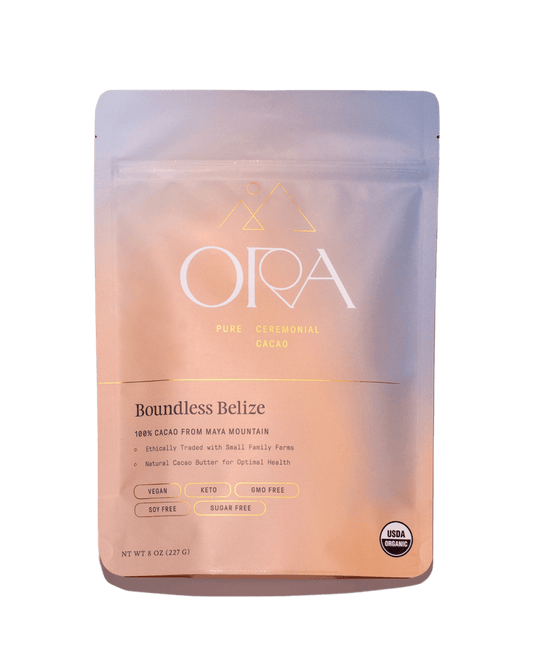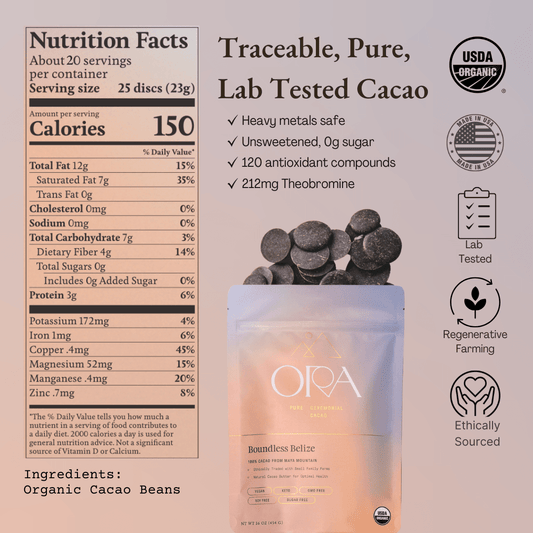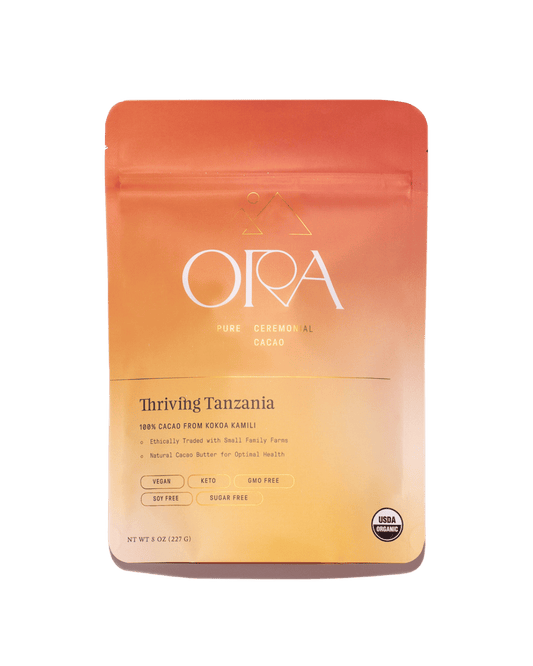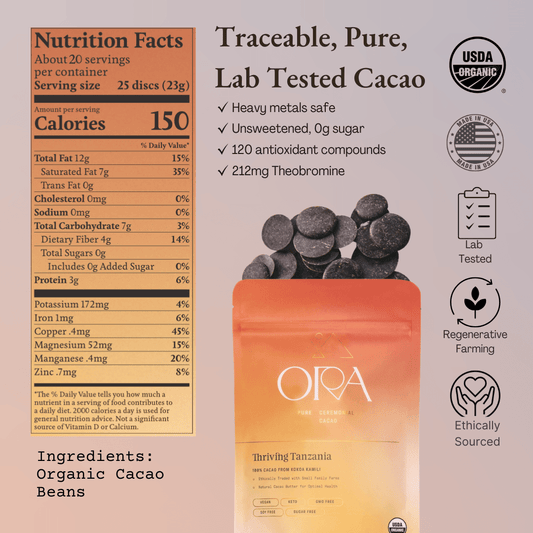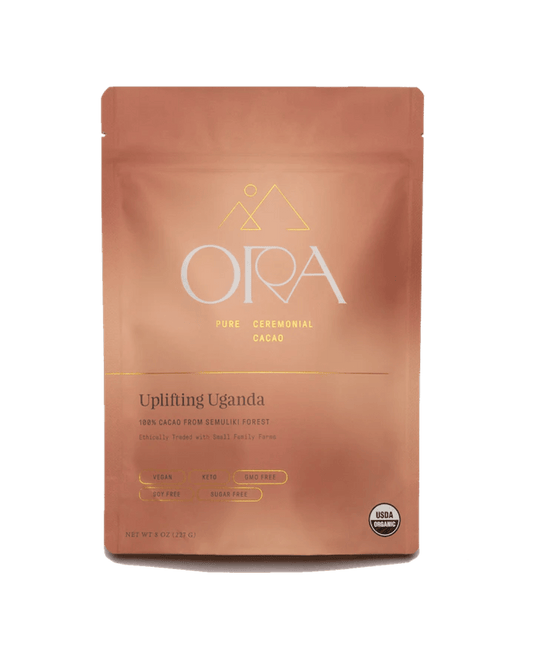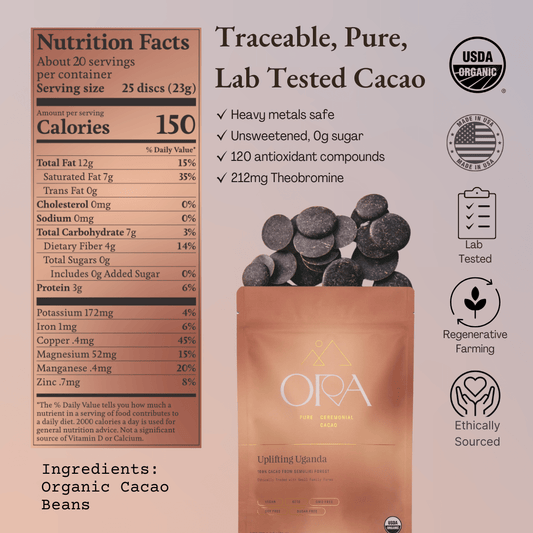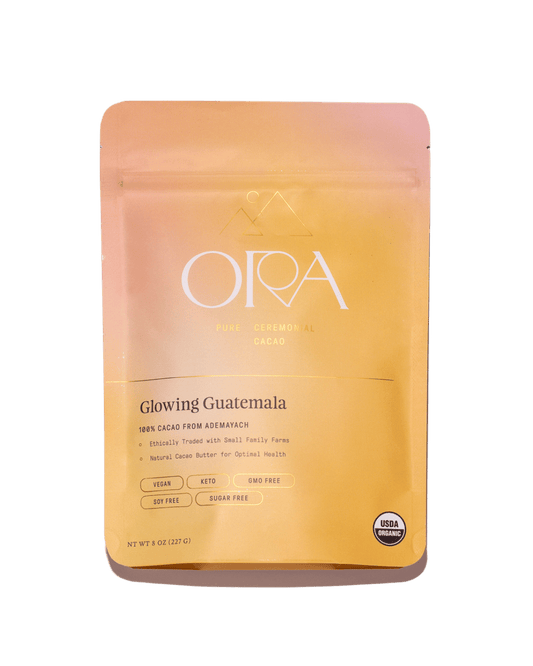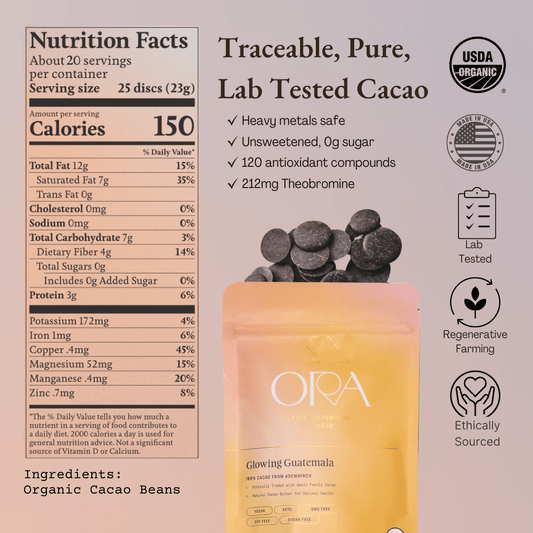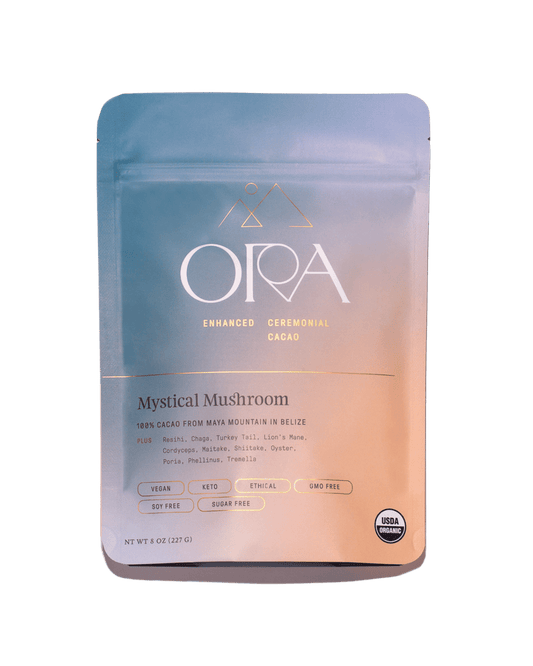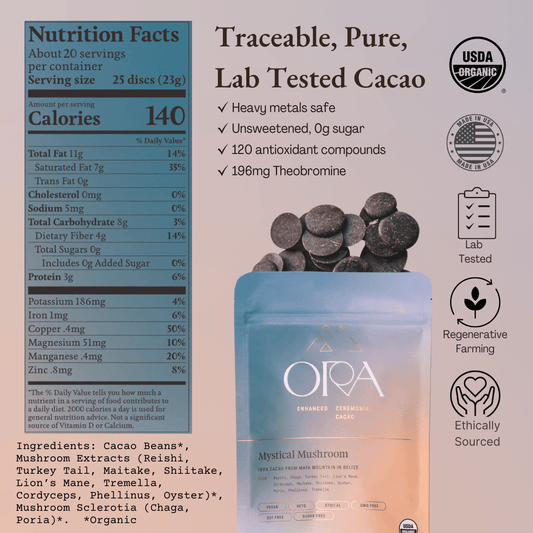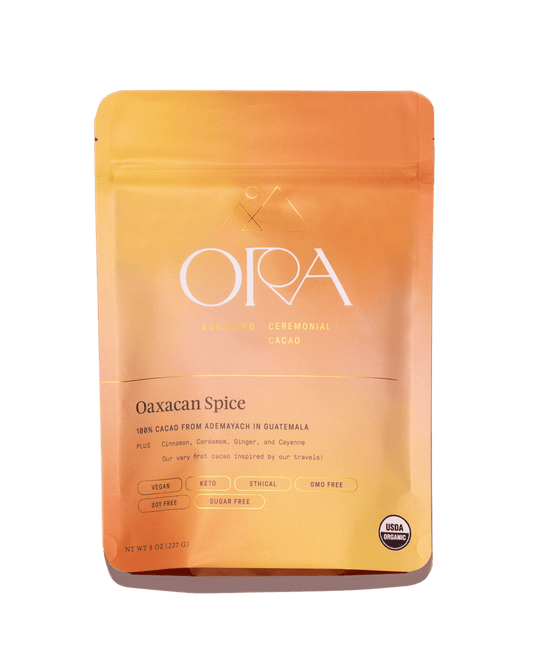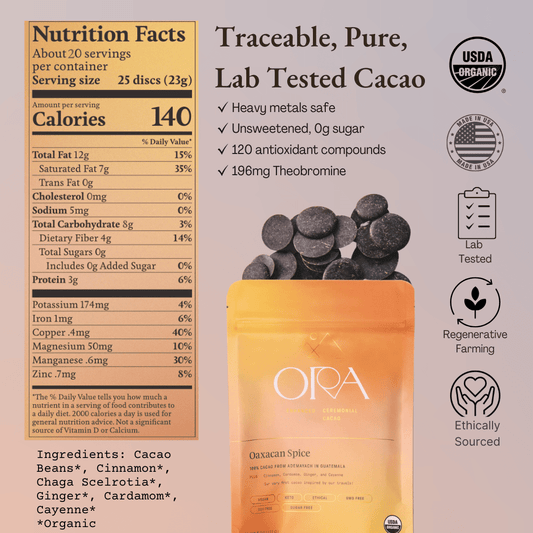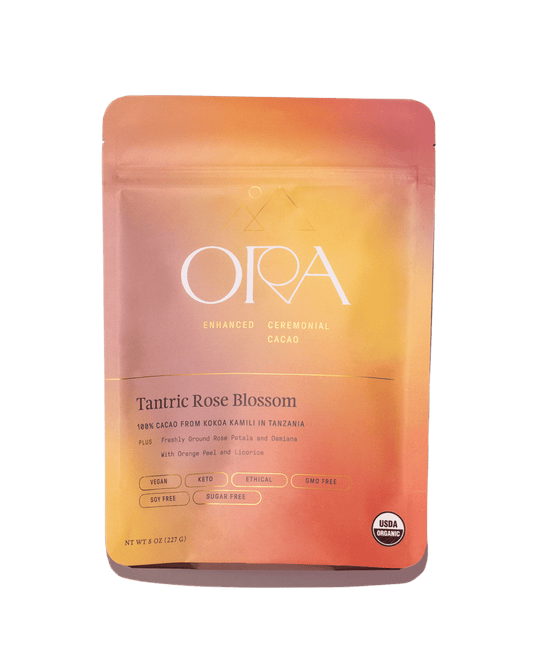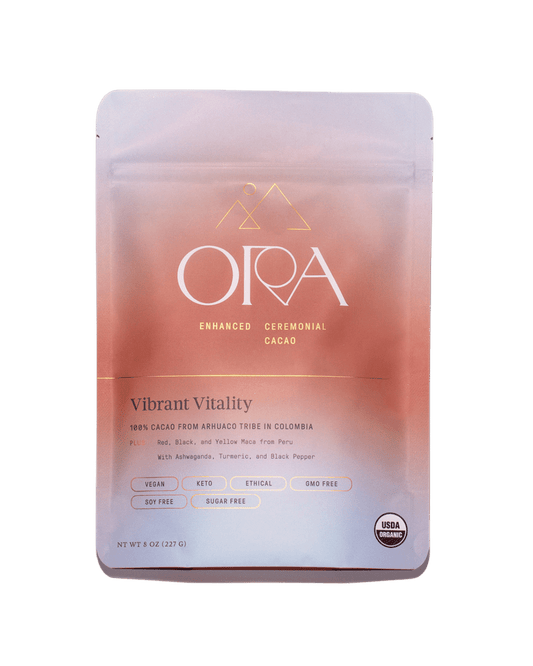Medicinal Mushroom cacao is one of our top selling products for its potent immune system strengthening and delicious taste. We believe that most people, including us, are just starting to scratch the surface when it comes to understanding the true healing potential available to us from regularly working with these fungi friends.
Today, we’ll go into the common confusion between fungus, mushrooms, and mycelium, and how this confusion has been taken advantage of in the mushroom supplements market.
We’ll lay it out as simply as possible:
- Fungus is the organism that many of us refer to when we talk about mushrooms. A fungus has a life cycle, from spore, to mycelium, to fruiting body (a mushroom).
- Mycelium is a stage in the life cycle of the mushroom that is largely invisible to humans as it is below ground. It can be considered the fungal "body". The mycelium secretes enzymes to digest organic compounds that surround it in the substrate that it grows in. In doing so it offers a vital ecosystem function and gathers nutrients for the fungus.
- Mushroom is the reproductive stage in the life cycle of the mushroom that is visible to humans. It can be considered the fungal "fruiting body". In the mushroom is where the nutrients gathered by the mycelium are accumulated, and where spores, the reproductive element of the fungus, are produced. It’s in the mushroom that complex natural compounds are formed that can contribute to a wide variety of health benefits in humans.

So hopefully now you can see why using mycelium and mushrooms interchangeably is an error - they are both part of a fungus, but their purpose and structure are far different.
Unfortunately due to poor regulation in the US supplement industry, mycelium grown on a grain substrate is allowed to be ground up (inclusive of the grain), and legally be labeled as mushroom powder!!! When you would reasonably think that mushroom powder is purely ground up fruiting body.
This is a very common practice that most well known US suppliers quietly use because it is far more profitable. Not only are you primarily consuming starch filler because the mycelium can’t be separated from the grain, the mycelium are of far less medicinal value than the mushroom. Growing true fruiting body mushroom is expensive which is why so few people do it, and why we’ve gone to China to source the mushrooms we use in a cost-effective manner.
So what about all those test results that purport to show the medicinal value of these ground-up mycelium and grain powders? It turns out that testing needs to be held to a higher standard because scientific data is easily misrepresented. I’ll explain it as simple as possible here:
The complex polysaccharides in mushrooms are Beta-D-Glucans, and they are the building blocks of the mushroom cell walls. It turns out cereal grains cell walls also have Beta-D-Glucans, however, they are much simpler linear polysaccharides without substantial health benefits. Not all Beta-D-Glucans are the same! But the standard test doesn’t distinguish between Beta-D-Glucans, which is why mycelium grown in cereal grains and ground up can test just as high in Beta-D-Glucans as true mushroom powders.
The good news is there are better tests that can be used. Here’s what we believe is a definitive test for true mushroom content, that can distinguish reliably from mycelium grown on grains.
- Test for Ergosterol. Ergosterol is a triterpenoid compound distinct to fungus. In fact, ergosterol testing is used in the US grain industry to test for the presence of fungus! Ergosterol is not only a useful measurement of true mushroom content, it also has anti-tumor and anti-oxidant benefits.
- Test for starch. Fruiting body mushroom has very little starch. Yet mycelium grown on grains tests very high in starch, revealing that most of the “mushroom powder” is actually filler and devoid of active compounds.
- Use a more sophisticated Beta-D-Glucans test. There are tests such as one developed by Megazyme International that can distinguish between mushroom Beta-D-Glucans and other Beta-D-Glucans.
- Lastly, test for triterpenoids, which are lipids present in some mushrooms, and another important factor in immunological potency.
As mushroom lovers ourselves, learning about this nuance in the US mushroom industry is why we immediately switched to a new mushroom supplier for our Medicinal Mushrooms Cacao. In case you missed that story, here’s the link. We hope this information is useful to you and will help all of us ask better questions of our mushroom suppliers! We'll continue this story as we go more into extracts and the molecules in medicinal mushrooms in the coming weeks.
With love,
Jonas
P.S. In a way, this story is similar to how ceremonial cacao (a whole food) has beneficial effects that you’d never get from chocolate broken down into cocoa powder and cocoa butter. Lab tests show the cocoa powder has all these good things in it, but it is missing the cacao butter, the essential carrier mechanism that helps our bodies absorb the nutrients in the cocoa powder. And the cacao beans used for powder and butter are usually only fermented for 1-2 days if at all and dried quickly, whereas ceremonial cacao undergoes a 5-7 day ferment and a long drying process, which add to the flavor and artisanship of the cacao. Especially with health, you can’t take shortcuts, and we believe as people become aware of the real quality possible both in mushrooms and cacao, they’ll demand and support the companies producing the whole food, slow food, product.




